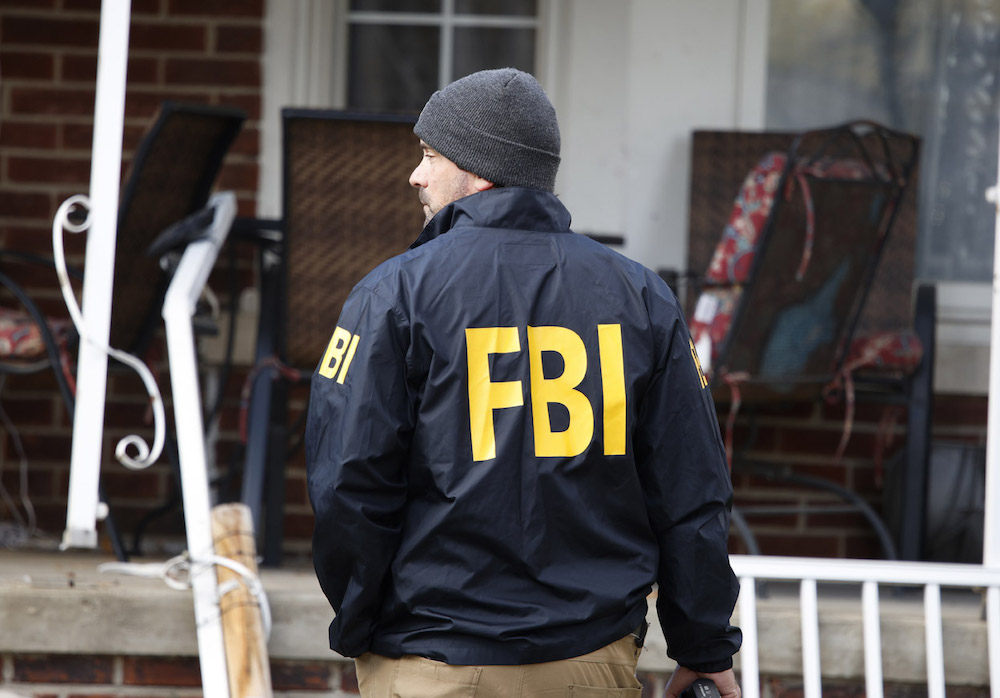 By Editorial Board
New York Times
By Editorial Board
New York Times
The odds were 10-million-to-one, the prosecution said, against hair strands found at the scene of a 1978 murder of a Washington, D.C., taxi driver belonging to anyone but Santae Tribble. Based largely on this compelling statistic, drawn from the testimony of an analyst with the Federal Bureau of Investigation, Mr. Tribble, 17 at the time, was convicted of the crime and sentenced to 20 years to life.
But the hair did not belong to Mr. Tribble. Some of it wasn’t even human. In 2012, a judge vacated Mr. Tribble’s conviction and dismissed the charges against him when DNA testing showed there was no match between the hair samples, and that one strand had come from a dog.
Mr. Tribble’s case — along with the exoneration of two other men who served decades in prison based on faulty hair-sample analysis — spurred the F.B.I. to conduct a sweeping post-conviction review of 2,500 cases in which its hair-sample lab reported a match.
The preliminary results of that review, which Spencer Hsu of The Washington Post reported last week, are breathtaking: out of 268 criminal cases nationwide between 1985 and 1999, the bureau’s “elite” forensic hair-sample analysts testified wrongly in favor of the prosecution, in 257, or 96 percent of the time. Thirty-two defendants in those cases were sentenced to death; 14 have since been executed or died in prison.
The agency is continuing to review the rest of the cases from the pre-DNA era. The Justice Department is working with the Innocence Project and the National Association of Criminal Defense Lawyers to notify the defendants in those cases that they may have grounds for an appeal. It cannot, however, address the thousands of additional cases where potentially flawed testimony came from one of the 500 to 1,000 state or local analysts trained by the F.B.I. Peter Neufeld, co-founder of the Innocence Project, rightly called this a “complete disaster.”
To read more click here.




